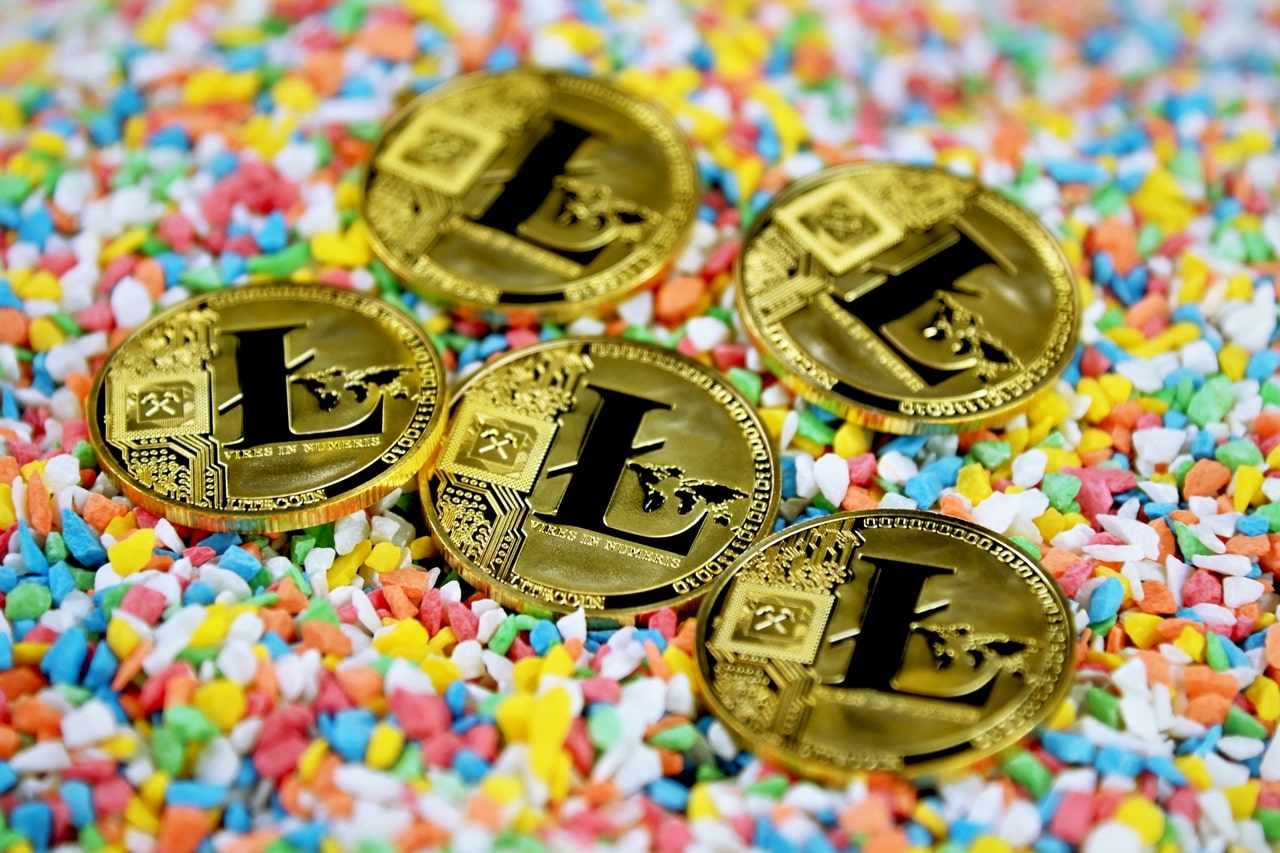Top 4 Things To Know About Litecoin (LTC)
Have you heard about the cryptocurrency, Litecoin? If not, this article is just for you. Read on to find out more.

Source: Pexels
Cryptocurrencies have made a significant impact in the investment world. The number of investment options has increased dramatically since introducing several cryptocurrencies everywhere. Bitcoin has spearheaded the cryptocurrency world, but there are other investment vehicles. Let us look at the altcoin, Litecoin. We have compiled a list of the top four things you should know about Litecoin (LTC).
1. What is Litecoin?
Litecoin is another form of digital currency that leverages peer-to-peer technology to make transactions. Litecoin was built on the Bitcoin source code. However, Litecoin transactions are significantly more affordable transactions. Litecoin is transparent and accessible to everyone, allowing low-cost and smaller payments to be made anywhere. It takes around a quarter of the time to mine Bitcoin. The bitcoin network can hold over 21 million coins. Litecoin is predicted to hold around 84 million coins.
2. How does Litecoin work?
Litecoin works on blockchain technology and is decentralized, so it does not depend on any centralized institution. It allows it to record and process the operations carried out and create a public ledger of all transactions.
Miners take on the duty of using high-power mathematical calculations and securing each block to the blockchain. And as the transactions are verified, a new block is added to the blockchain. These miners are paid in Litecoin. The first miner to verify a block in a blockchain is given 12.5 Litecoin.
In Bitcoin, it took approximately 10 minutes to add a new block. Litecoin takes a quarter of a time, about 2.5 minutes. After every 840,000 blocks are mined, the value of the reward for adding blocks is halved. It occurs every four years.


3. What are the prominent differences between Litecoin and Bitcoin?
Speed:
Bitcoin takes around 10 minutes to complete and confirm a transaction. Litecoin takes approximately two and a half minutes to do so. So, the transaction speed of Litecoin is faster than bitcoin.
Distribution of coins:
The total bitcoins can never exceed the 21 million count, whereas Litecoin can accommodate 84 million coins.
Mining algorithm
Bitcoin works on the algorithm SHA-256 and Litecoin on Scrypt, and in comparison, with bitcoin, the Litecoin algorithm does not need that much computing power.
4. What are the significant risks associated with Litecoin investment?
Because of its absence of a defined use case, Litecoin’s position among cryptocurrencies is shaky. Leading businesses have adopted and accepted payment by Litecoin. But there is still a chance that it will become worthless in the future. We have many alternative cryptocurrencies that are considerably faster and have lower transaction costs.
Litecoin’s founder, Charlie Lee, sold all the Litecoin he had during a bull market in 2017.
Many people assume it was because he lost faith in Litecoin’s future sustainability.
To learn about the most frequent cryptocurrency scams and how to avoid them, check out ‘How to Avoid Cryptocurrency Scams?’



